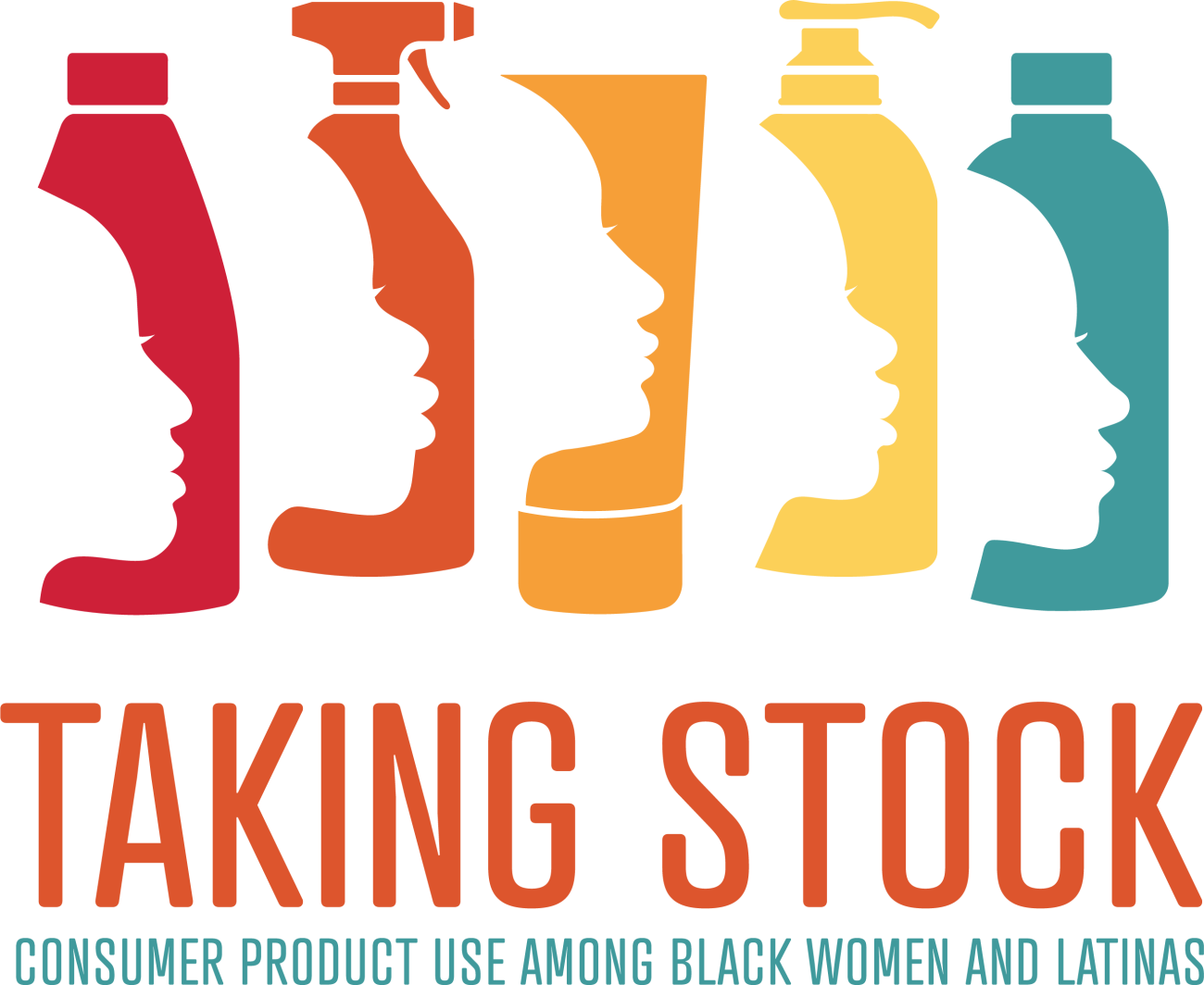Formaldehyde releasers found in common personal care products
 New study focusing on Black and Latina women found cancer-causing preservatives in lotions, soaps, cosmetics.
New study focusing on Black and Latina women found cancer-causing preservatives in lotions, soaps, cosmetics.
More than half of Black and Latina women in a study in Los Angeles reported using personal care products that contain formaldehyde-releasing preservatives. Given that formaldehyde is known to cause cancer in humans, the study reveals both critical safety gaps in how personal care products are regulated in the United States and their disproportionate health impacts on women of color.
In recent years, growing concerns about exposure to formaldehyde in personal care products have focused on hair relaxers. For instance, recent studies show a link between use of hair relaxers and increased risk of uterine and breast cancer among Black women.
However, the new study, published in the journal Environmental Science & Technology Letters, is among the first to demonstrate that formaldehyde-releasing preservatives are present in a wide range of personal care products, including shampoo, lotions, body soap, and even eyelash glue.
“We found that this isn’t just about hair straighteners,” says lead author Dr. Robin Dodson, an exposure scientist at Silent Spring Institute. “These chemicals are in products we use all the time, all over our bodies. Repeated exposures like these can add up and cause serious harm.”
Uncovering hidden dangers
Companies add formaldehyde to personal care products to extend their shelf-life. Formaldehyde-releasing preservatives are often used as an alternative—these are chemicals that slowly release formaldehyde over time and serve the same purpose.
To understand the use of these chemicals in products, the researchers partnered with community groups to recruit 70 Black women and Latinas living in the Los Angeles area and asked them to track their use of personal care products over a period of five to seven days.
Each time participants used a product, they logged the information using a smartphone app developed for the study. The app also prompted the participants to take a photo of each ingredient label.
Co-author Dr. Elissia Franklin, an analytical chemist at Silent Spring, says previous studies on people’s use of personal care products have relied on imprecise surveys, asking participants questions like, “Did you use lotion in the past 24 hours?” But lotions can vary widely: some might have a few natural ingredients, like beeswax and shea butter, while others might have harmful chemicals like formaldehyde releasers, phthalates, and parabens, says Franklin.
“We wanted to capture all that information,” she explains. “Everybody uses lotions. Saying ‘I used lotion’ is like saying ‘I am human!’ We wanted a much more detailed picture—an accurate reading of all the chemicals in that lotion, and any other products the women were using.”
To get that reading, the researchers used optical character recognition technology to translate each product label photo into plain text. The team analyzed over 1,100 products, looking for formaldehyde and formaldehyde-releasing preservatives in the ingredient lists.
Fifty-three percent of participants reported using at least one personal care product that listed formaldehyde releasers on its label. In addition, participants reported using many of these products daily or multiple times per week.
DMDM hydantoin was the most common formaldehyde-releasing preservative showing up in roughly 47% of skincare products and 58% of hair products that contained formaldehyde releasers. The team identified several other common formaldehyde-releasing preservatives, but Dodson stresses that their list is not definitive. “Those are just the ones we knew to look for. There could be more that we’re not aware of,” she says.
Protecting consumers

The study was part of a larger effort called the Taking Stock Study, a community-engaged research collaboration between Occidental College, Black Women for Wellness, Silent Spring, and Columbia University. The project investigates how exposures to chemicals in beauty products contribute to health inequities for Black women and Latinas in California.
Janette Robinson Flint, the executive director at Black Women for Wellness, says Black consumers live in a society governed by White beauty standards. They use different personal care products—many of them made with toxic ingredients—to conform to that ideal. While they might have learned to avoid beauty products with formaldehyde on the label, many Black women are not familiar with formaldehyde releasers.
“We’re trying to do the right thing,” Flint says. “But there needs to be more government oversight. We shouldn’t have to be chemists to figure out what kinds of products will make us sick.”
Dodson says one way to reduce exposures would be to require that companies add warning labels to formaldehyde-releasing products like they do in Europe. She agrees that it can be hard for the average consumer—and even chemists—to identify a formaldehyde-releasing preservative on a label. “They have long, weird, funny names, and they typically don’t have the word formaldehyde in them,” she says.
While warning labels might be a good first step, Dodson says banning the use of formaldehyde releasers altogether would be the best-case scenario. “Ideally, companies shouldn’t be putting these chemicals in products in the first place.”
Dr. Franklin suggests avoiding products that contain DMDM hydantoin. Black Women for Wellness offers resources to help women avoid harmful chemicals, including formaldehyde releasers, in personal care products. Silent Spring’s website also has tips for steering clear of formaldehyde releasers and choosing safer alternatives.
Another way consumers can protect themselves and their communities is to advocate for better legislation, the researchers say. The European Union and at least 10 U.S. states have banned or proposed to ban formaldehyde and formaldehyde releasers in personal care products. In 2023, the Food and Drug Administration proposed a national ban on formaldehyde and formaldehyde releasers in hair straighteners, but it has yet to be enacted.
This project is funded by the California Breast Cancer Research Program (Grants # 23UB-6511 and B28TP5728) and charitable contributions to Silent Spring Institute, as well as the Passport Foundation and Forsythia Foundation.
Resources or References
Reference:
Dodson, R.E., E.T. Franklin, A.R. Zota, R. LaPointe Jameson, J. Robinson Flint, L. Edwards, E.B. Weaver, B. Shamasunder. 2025. Formaldehyde and formaldehyde releasing preservatives in personal care products used by Black women and Latinas. Environmental Science & Technology Letters. DOI: 10.1021/acs.estlett.5c00242
Resources:
Formaldehyde and formaldehyde releasers: how to avoid them
Table: What to look for on product labels
FAQ: Community-engaged study on formaldehyde releasing preservatives in personal care products